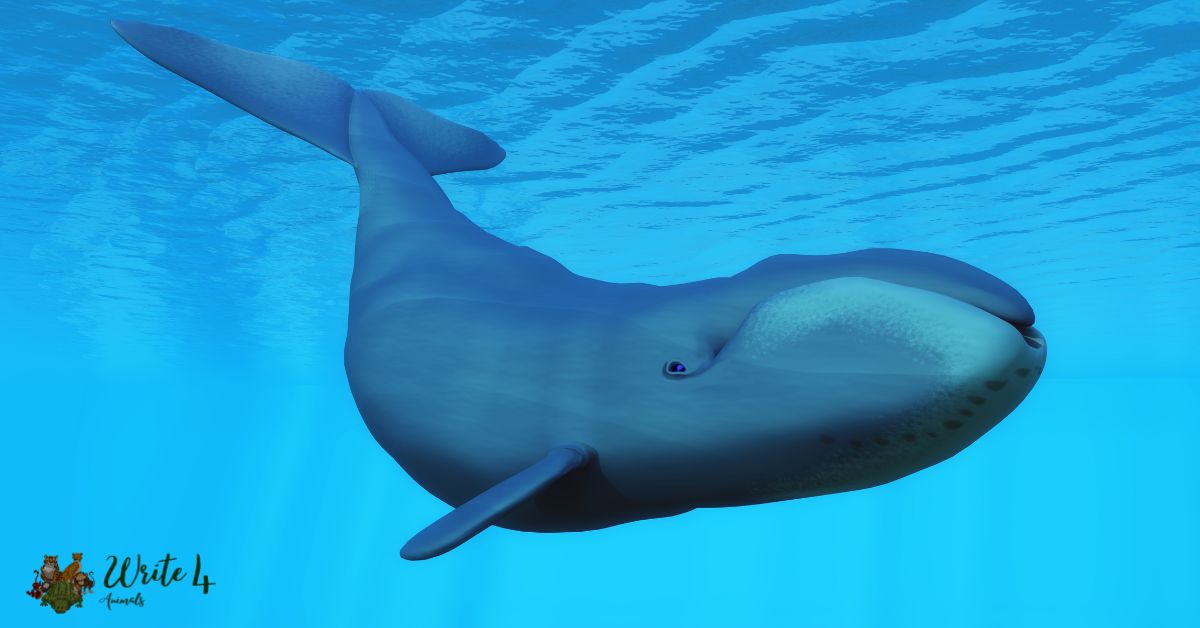Animals, like humans, have varying lifespans depending on their species. While some creatures live relatively short lives, there are fascinating examples of animals that defy the norm with exceptionally long lifespans. These remarkable beings have evolved unique adaptations that enable them to survive for many decades or even centuries. Their extended lifespans often come hand in hand with slow growth rates and impressive resilience to environmental challenges.
From land to sea, and from the smallest to the largest creatures, these long-lived animals have captured the curiosity of scientists and nature enthusiasts alike. In this list, we explore ten of the most intriguing animals with extraordinary lifespans.
10 Animals With Long Lifespans
1.Galapagos Tortoise
The Galapagos Tortoise is an iconic symbol of longevity, with some individuals known to live over 100 years. Native to the Galapagos Islands, these massive reptiles have evolved to thrive in a harsh environment with limited resources.
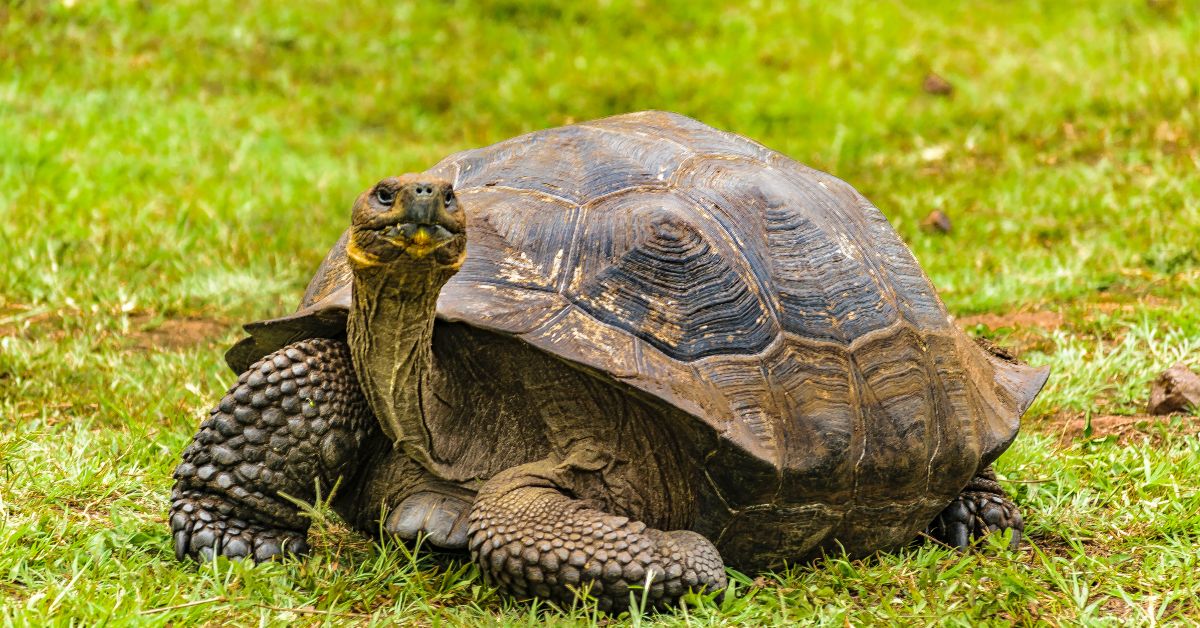
Their slow metabolism and ability to store water for extended periods contribute to their exceptional longevity. Unfortunately, human activity and introduced species have threatened their existence, making conservation efforts vital to protect these ancient creatures.
2. Bowhead Whale
The Bowhead Whale holds the title for the longest-lived mammal, with individuals estimated to live over 200 years. These massive marine mammals inhabit Arctic and subarctic waters, where they navigate the icy seas.
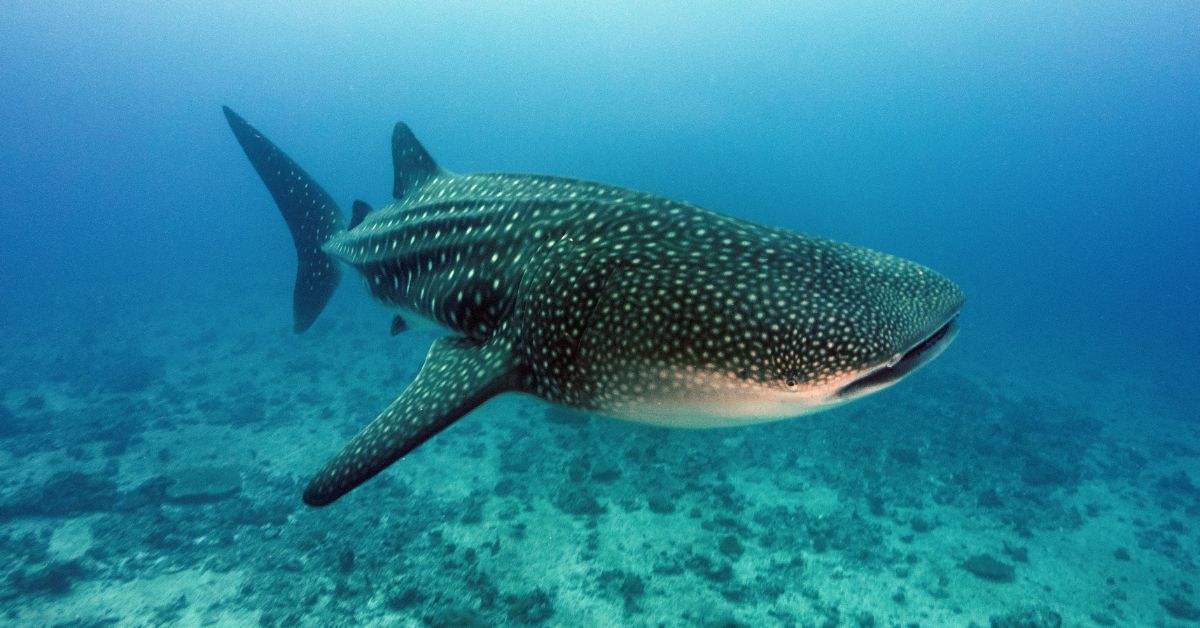
Bowheads boast immense blubber layers that insulate them from frigid temperatures, allowing them to survive for centuries. Ongoing research into their age determination techniques has shed light on their remarkable lifespans.
3. Greenland Shark
The Greenland Shark is a true enigma, known for its extreme longevity. With a lifespan of up to 400 years, it ranks as one of the longest-living vertebrates on Earth. These cold-water sharks slowly grow throughout their lives, and

their sluggish movements allow them to conserve energy in the harsh Arctic waters. Their age determination involves analyzing the lens proteins of their eyes, providing invaluable insights into their long lives.
4. African Elephant
The African Elephant, Earth’s largest land mammal, can live up to 70 years or more in the wild. These highly intelligent and social animals form tight-knit family groups, and
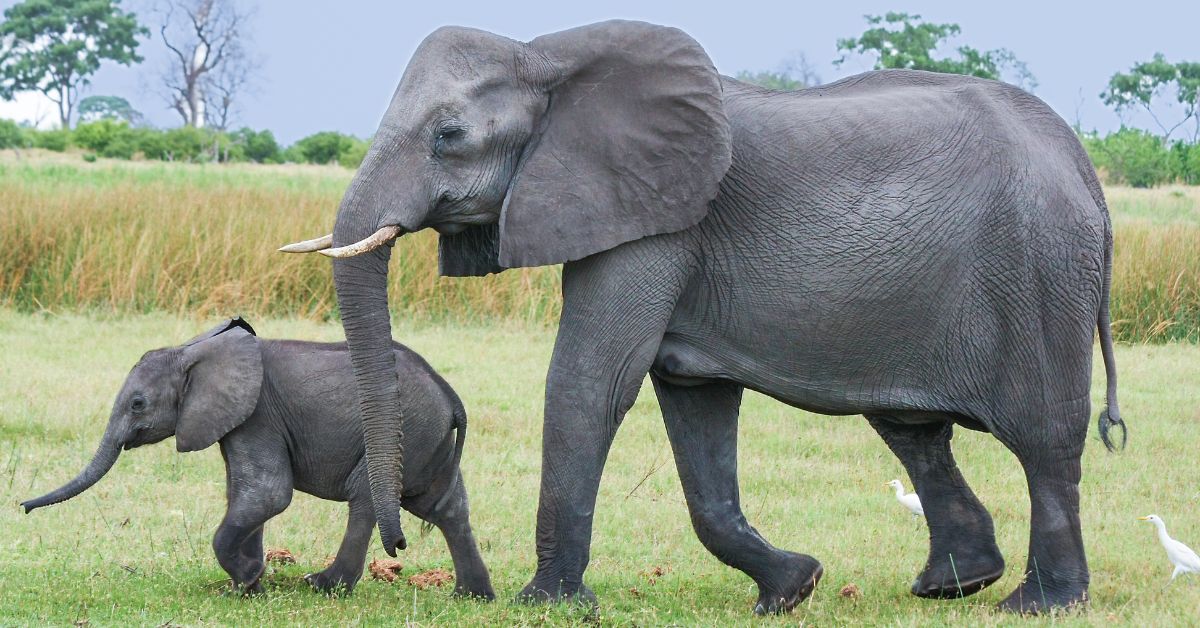
their longevity allows them to pass down knowledge and experiences across generations. However, elephants face significant threats from poaching and habitat loss, putting their long-term survival at risk.
5. Aldabra Giant Tortoise
The Aldabra Giant Tortoise is a species of giant tortoise native to the Aldabra Atoll in the Seychelles, an archipelago in the Indian Ocean. These remarkable reptiles are among the largest tortoises in the world, with some individuals weighing over 500 pounds and measuring up to 4 feet in length. What sets them apart is their exceptional longevity, with some individuals known to live well over 100 years.

Aldabra Giant Tortoises have evolved to thrive in the harsh and remote environment of their island home. They possess a slow metabolism and can endure extended periods without food and water. Their ability to store fat and water in their bodies allows them to survive during the hot and dry seasons when resources are scarce. Additionally, their large, dome-shaped shells serve as a protective fortress against predators and environmental hazards.
6. Koi Fish
Koi Fish, native to East Asia, are a subspecies of the common carp (Cyprinus carpio). They have been selectively bred for centuries, resulting in the stunning array of colors and patterns seen in modern-day Koi varieties. These ornamental fish have captivated fish enthusiasts worldwide and are a popular choice for garden ponds and ornamental water features.

Beyond their aesthetic appeal, Koi Fish are also known for their relatively long lifespans compared to other fish species. In well-maintained environments with proper care, Koi can live for several decades. Some individual Koi have been documented to live up to 40-60 years, and some exceptional cases have surpassed a century.
7. Macaw
Macaws are a vibrant and charismatic group of parrots found in the tropical regions of Central and South America. Known for their dazzling plumage and expressive personalities, they have captured the hearts of people worldwide. Among the many parrot species, the Macaw family stands out for its exceptional longevity, with some species living up to 60 years or more in captivity.

Macaws are highly social birds, often forming strong pair bonds with their mates and exhibiting intricate flock behaviors in the wild. Their intelligence and ability to mimic sounds and speech have made them popular as pets, but their long lifespans require significant commitment from potential owners.
8. Red Sea Urchin
The Red Sea Urchin, also known as the California Sea Urchin, is a spiny marine creature found along the Pacific coast of North America, from Alaska to Baja California. These echinoderms play a crucial ecological role in their underwater habitats and are recognized for their astonishing longevity.

Red Sea Urchins are slow-growing animals, taking years to reach sexual maturity. Their average lifespan ranges from 30 to over 100 years, making them one of the longest-lived marine invertebrates.
Feeding on algae and kelp, Red Sea Urchins serve as important grazers, helping to control seaweed populations and maintain the balance of underwater ecosystems. They use their spines and tube feet to move across rocks and navigate their environments.
9. Ocean Quahog
The Ocean Quahog is a species of clam found in the North Atlantic Ocean, ranging from Greenland to the Gulf of Mexico. Despite its unassuming appearance, this bivalve holds a remarkable secret: it is one of the longest-lived animals on Earth.
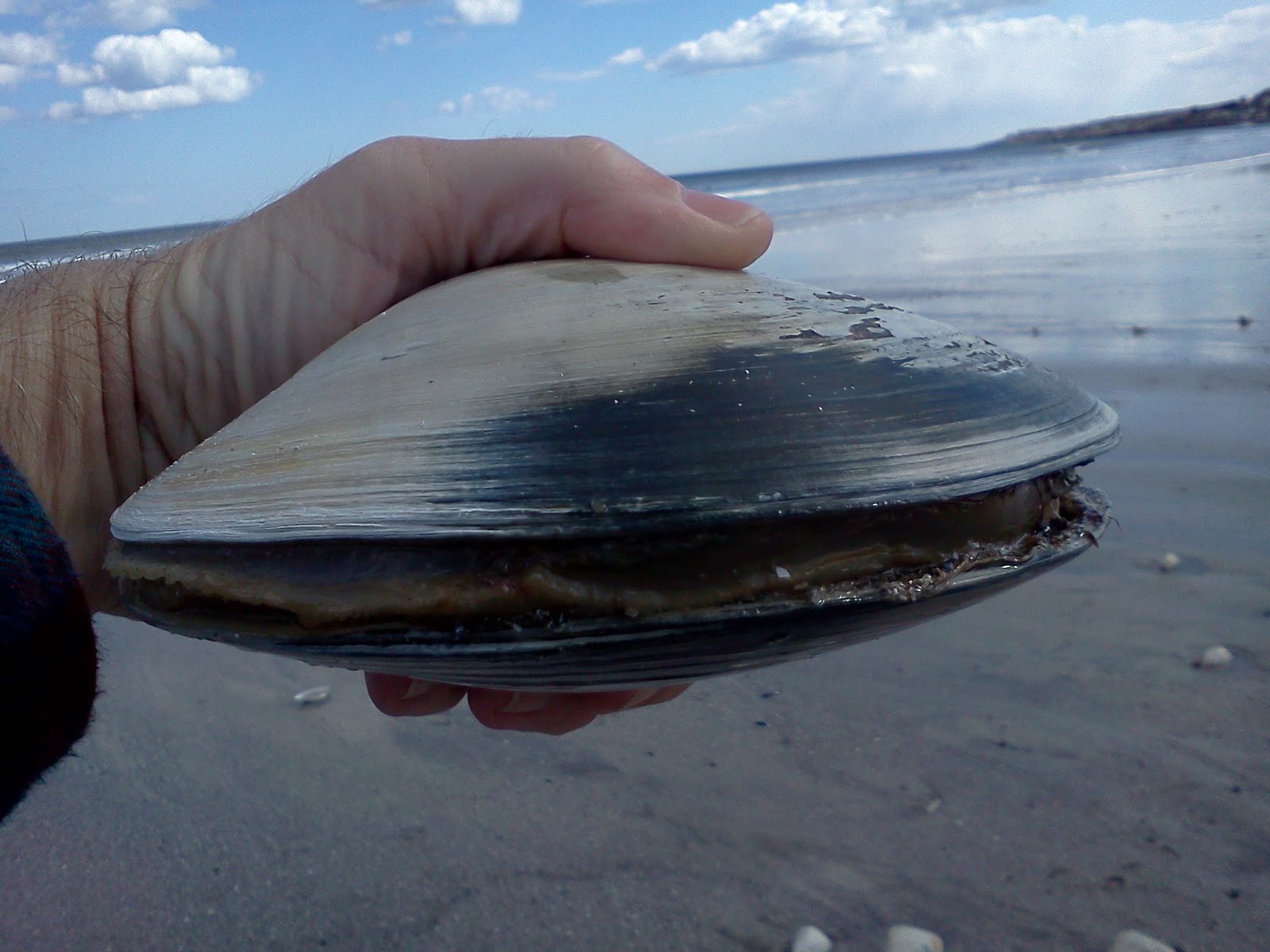
Scientists have discovered individual Ocean Quahogs that have exceeded 500 years in age. The age determination is based on growth rings in their shells, much like tree rings. Analyzing these rings provides valuable insights into past climate conditions and the historical environmental changes that the clam has experienced during its exceptionally long life.
10. Asian Elephant
The Asian Elephant, also known as the Asian or Indian Elephant, is one of the most iconic and revered animals in the world. Native to various Asian countries, including India, Thailand, Sri Lanka, and parts of Southeast Asia, these magnificent creatures have a deep cultural significance in the region.

Known for their intelligence, social structure, and incredible physical strength, Asian Elephants can live up to 60 years or more in the wild. In captivity, where they have been used for various purposes throughout history, they can also live long lives if provided with proper care and living conditions.
Video Credit – DataZoo
Frequently Asked Questions
[sc_fs_multi_faq headline-0=”h4″ question-0=”What factors contribute to the Galapagos Tortoise’s long lifespan?” answer-0=”The slow metabolism and ability to store water and fat for extended periods are significant factors in the Galapagos Tortoise’s longevity. Their large size and armored shell also provide protection against predators and environmental hazards.” image-0=”” headline-1=”h4″ question-1=”How are Galapagos Tortoises conserved?” answer-1=”The Galapagos Tortoise faces threats from habitat loss, introduced species, and human activities. Conservation efforts involve protecting their natural habitats, managing introduced species, and breeding programs to ensure genetic diversity.” image-1=”” headline-2=”h4″ question-2=”How long can Bowhead Whales live?” answer-2=”Bowhead Whales hold the record for the longest-lived mammal, with some individuals estimated to live over 200 years. Most Bowheads in the wild likely live around 70 to 100 years.” image-2=”” headline-3=”h4″ question-3=”Where can Bowhead Whales be found?” answer-3=”Bowhead Whales primarily inhabit Arctic and subarctic waters, favoring ice-covered regions. They are known for their distinctive bowed upper jaw, which gives them their name” image-3=”” headline-4=”h4″ question-4=”How long do Greenland Sharks live?” answer-4=”Greenland Sharks are among the longest-lived vertebrates on Earth, with individuals living up to 400 years. Most Greenland Sharks live between 200 to 400 years ” image-4=”” headline-5=”h4″ question-5=”What is the lifespan of African Elephants?” answer-5=”African Elephants can live up to 60 years or more in the wild, depending on various factors such as habitat quality and threats faced. ” image-5=”” headline-6=”h4″ question-6=”How do African Elephants communicate?” answer-6=”African Elephants are highly social animals and communicate through various vocalizations, infrasound (low-frequency rumbling), body language, and tactile signals like trunk touching. ” image-6=”” headline-7=”h4″ question-7=”How long can Aldabra Giant Tortoises live?” answer-7=” Aldabra Giant Tortoises are known for their impressive longevity, with some individuals living over 100 years. ” image-7=”” headline-8=”h4″ question-8=” Where are Aldabra Giant Tortoises found?” answer-8=”Aldabra Giant Tortoises are native to the Aldabra Atoll in the Seychelles, an isolated archipelago in the Indian Ocean. ” image-8=”” headline-9=”h4″ question-9=”How long do Koi Fish live?” answer-9=”In well-maintained environments, Koi Fish can live for several decades. Some exceptional individuals have been documented to live over 100 years.” image-9=”” headline-10=”h4″ question-10=”How long do Macaws live in captivity?” answer-10=”In captivity, Macaws can live up to 60 years or more with proper care and nutrition.” image-10=”” headline-11=”h4″ question-11=”Are Macaws endangered?” answer-11=”Some Macaw species are endangered due to habitat loss and illegal pet trade. Proper conservation efforts and responsible pet ownership are essential for protecting these vibrant parrots.” image-11=”” headline-12=”h4″ question-12=”How long do Red Sea Urchins live?” answer-12=” Red Sea Urchins can live between 30 to over 100 years, depending on various factors like environmental conditions and predation rates. ” image-12=”” headline-13=”h4″ question-13=”What is the ecological role of Red Sea Urchins?” answer-13=”Red Sea Urchins are important grazers in marine ecosystems, helping to control seaweed populations and maintain the balance of underwater habitats.” image-13=”” headline-14=”h4″ question-14=”How long can Ocean Quahogs live?” answer-14=”Some Ocean Quahogs have been documented to live over 500 years, making them one of the longest-lived animals on Earth.” image-14=”” headline-15=”h4″ question-15=”How do Ocean Quahogs reveal past climate conditions?” answer-15=”Scientists analyze the growth rings in Ocean Quahog shells to determine their age and gain insights into historical climate patterns and environmental changes.” image-15=”” headline-16=”h4″ question-16=”Where do Asian Elephants live?” answer-16=”Asian Elephants are native to various countries in Asia, including India, Thailand, Sri Lanka, and parts of Southeast Asia. ” image-16=”” headline-17=”h4″ question-17=” How do Asian Elephants communicate?” answer-17=”Asian Elephants communicate through vocalizations, body language, and infrasound (low-frequency sound) that travels through the ground.” image-17=”” count=”18″ html=”true” css_class=””]
